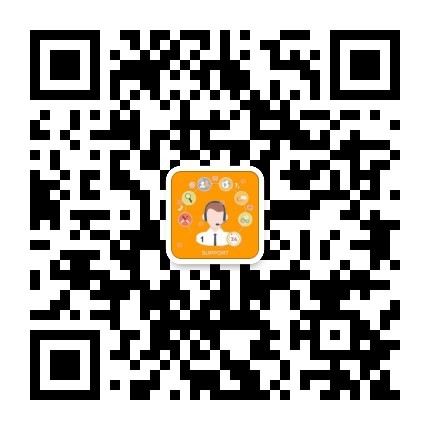be動詞后面的動詞形式:
有三種可能:
-ing:現在進行時,I'm trying to give you the right answer.
-ed:被動語態,I'm told that you don't know her.
to do:
1、表示按計劃或安排要做的事.例如:They said goodbye,little knowing that they were never to meet again.他們告了別,不知道以后再也不會見面了。
2、表示“應該”,相當于should,ought to.例如:You are to report to the police.你應該報警。
3、表示“必須”,相當于must,have to.例如:The letter is to be handed to him in person.這封信必須親手交給他。
4、表示“想,打算”,相當于intend,want.例如:If we are to be there before ten,we’ll have to go now.如果我們要在十點前到,我們現在就得走。
5、用于第一人稱疑問句,表示征求對方意見。
6、用于否定句,表示“禁止”,相當于mustn’t.例如:You are not to smoke in the reading-room.你不可以在閱覽室里吸煙。
7、表示“可以,可能”,相當于may,can.例如:The news is to be found in the evening paper.這條消息可以在晚報上見到。
8、were to do sth.用于if或even if/even though從句中,表示對未來的假設。
9、be to blame(該受責備,對某壞事應負責任)與be to let(待出租)兩種結構中,用不定式的主動形式表示被動含義。例如:This house is to let.這房子要出租。






